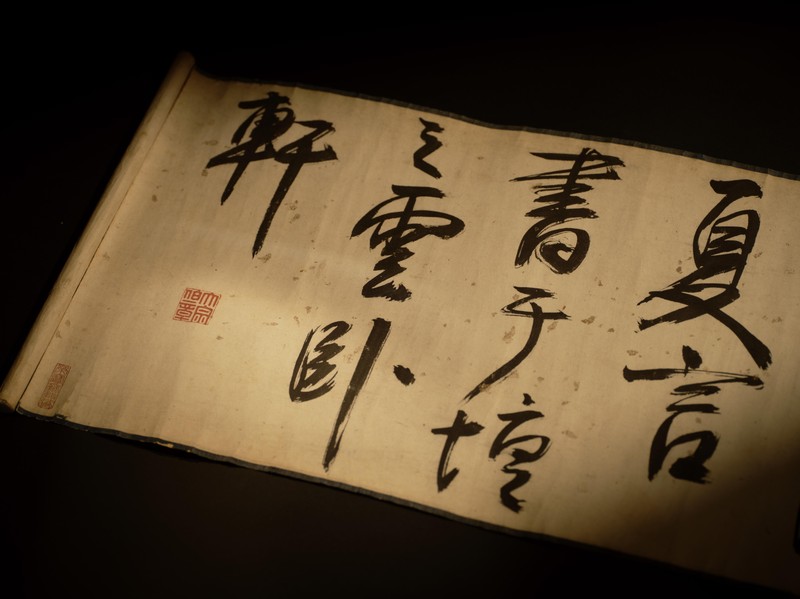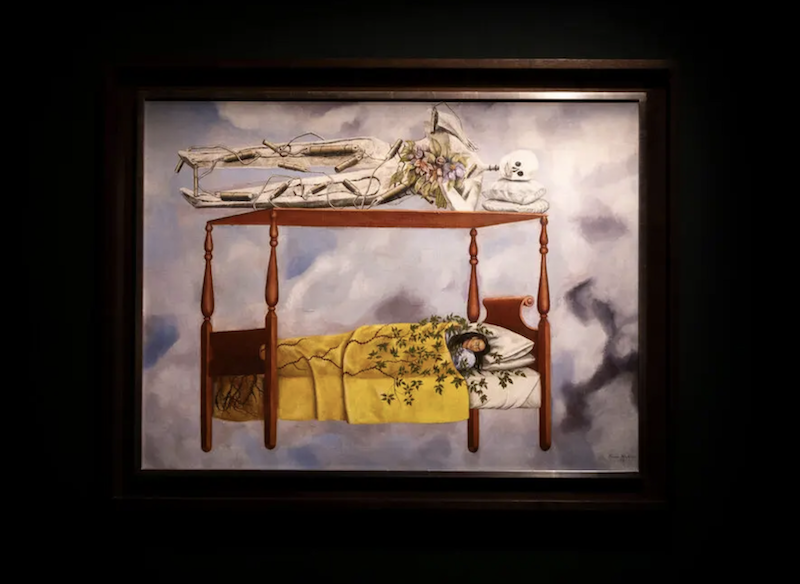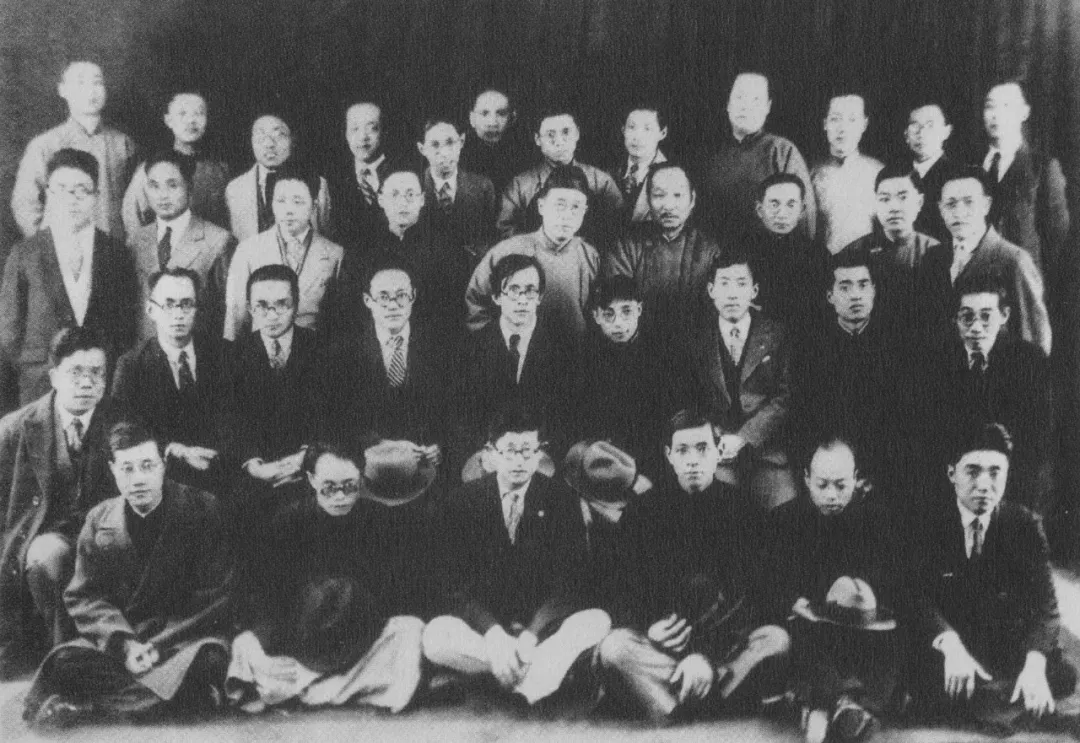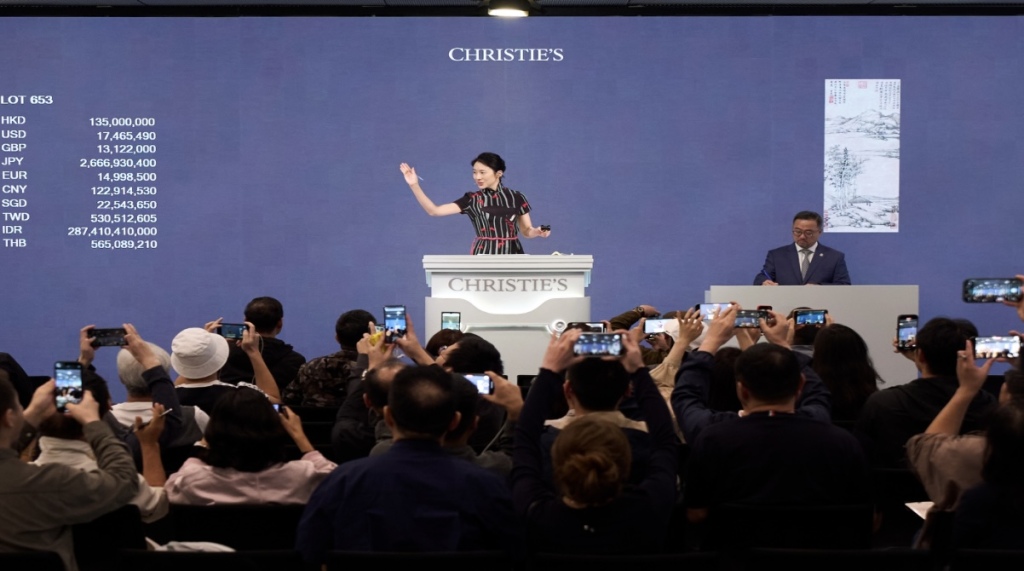
On October 28, "Landscape at the River Pavilion", a masterpiece from the late Yuan Dynasty landscape painter Ni Zan, from a private collection in North America, was auctioned at Christie's "Ancient Chinese Paintings and Calligraphy" in Hong Kong. It started at HK$18 million and after more than 45 minutes of fierce competition, it was finally sold for HK$135 million, with a commission of HK$159.95 million.

Ni Zan's "Riverside Pavilion Mountain Scenery" auction site

Ni Zan (1301-1374) Ni Zan created a hanging scroll of Jiangting Mountain Scenery in 1368.
Ni Zan (1301-1374), known as Yunlin, was a native of Wuxi during the Yuan Dynasty. He was renowned for his poetry, calligraphy, and painting. His paintings pioneered a new style of Chinese ink landscape painting, earning him the title of one of the "Four Masters of the Yuan Dynasty," along with Huang Gongwang, Wu Zhen, and Wang Meng. His painting style is concise and simple, with a naive and subtle tone, characterized by a sense of indifference. His works primarily depict landscapes around Taihu Lake, with compositions often featuring distant, flat landscapes. He excelled at depicting withered trees, bamboo, rocks, and thatched cottages, creating minimalist scenes. His paintings often employ dry brushstrokes, using minimalist brushstrokes, resulting in a sense of desolation and desolation, a sense of "intentional yet unintentional, a sense of light and sparseness." Among the Four Masters of the Yuan Dynasty, Ni Zan enjoyed a very high reputation in the minds of the literati. Ming He Liangjun said: "Yunlin's calligraphy is similar to Daling's, without a speck of dust." In the Ming Dynasty, people in Jiangnan were divided into elegant and vulgar according to whether they collected his paintings. His painting practice and theoretical viewpoints, as well as his creative ideas such as "freehand and careless, not seeking resemblance" and "just writing down the free spirit in the chest", had a great influence on Chinese literati painting.
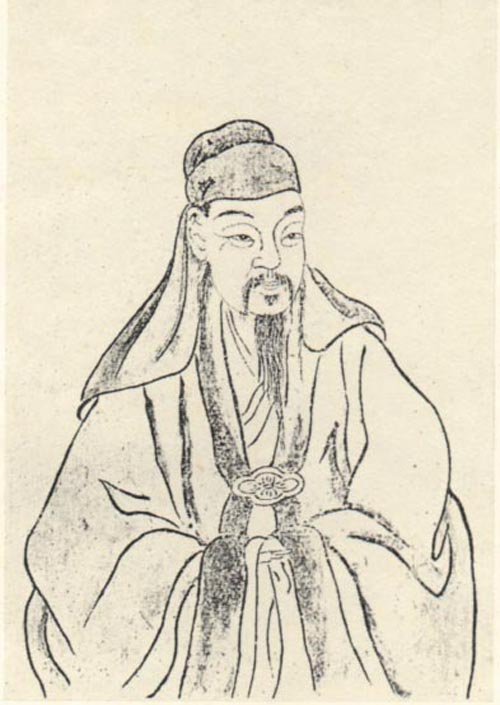
Portrait of Ni Zan
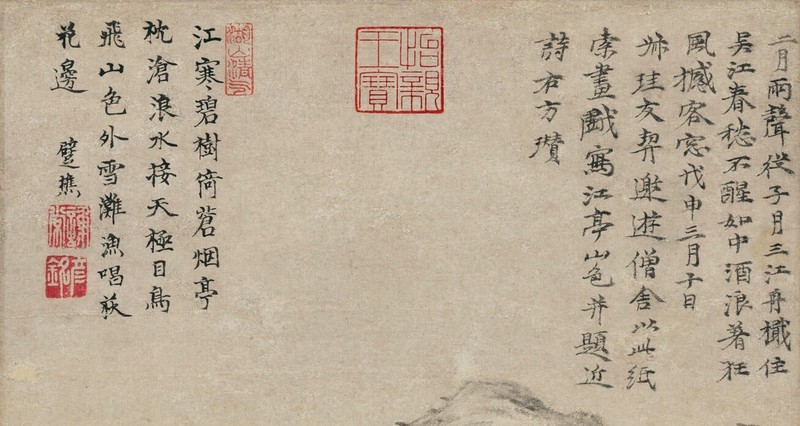
Detail of Ni Zan's "Mountain Scenery at Jiangting"
According to reports, few paintings by Ni Zan exist today. This painting, "Riverside Pavilion Mountain Scenery," represents his mature later years and is a representative example of his landscape painting. It was once in the collection of the Wang Jiqian family and was exhibited at the Metropolitan Museum of Art in New York as early as 2000. Its collection has been well-documented and well-preserved. The Wang Jiqian family had a profound influence on the academic research, appreciation, and popularization of Chinese calligraphy and painting, and made outstanding contributions to the fields of art and education.
This work was painted on March 10, 1368, after a friend invited him to a monk's retreat and asked him to paint on paper. The painting is inscribed only with the Jiazi calendar, without the Xin Dynasty's Hongwu reign title, reflecting Ni's traditional reclusive lifestyle, detached from political power.
The inscription reads: "The sound of rain in February begins in the month of Zi, and boats on the Three Rivers stop at Wujiang. Spring melancholy lingers, like a drunken stupor, waves and wild winds shake the guest's window. On March 10, 1368, Shugui's friend Qi invited him to a monk's retreat and asked him to paint on this paper. I jokingly painted the scenery of the Jiangting Mountain and inscribed a recent poem on the right. Zan."
Xie Chang (14th century) has an inscription on the left: The cold river, green trees lean against the dark mist, the pavilion rests on the blue waves, the water reaches the sky. As far as the eye can see, birds fly beyond the mountains, and fishermen sing on the snowy beach beside the reeds.
"The woodcutter."
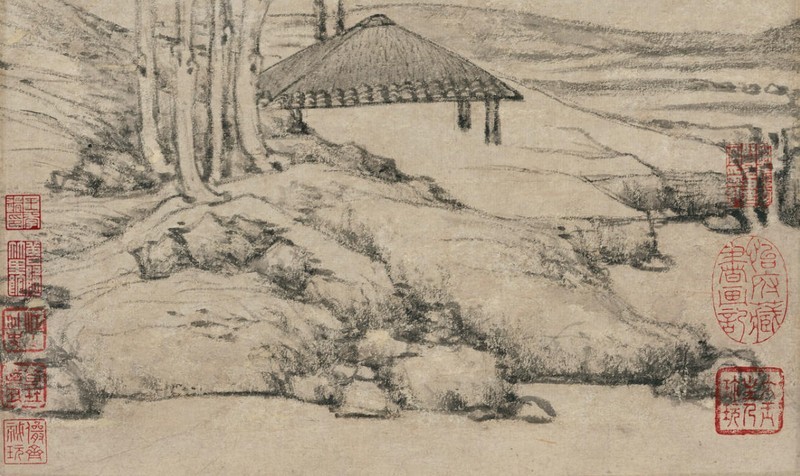
Detail of Ni Zan's "Mountain Scenery at Jiangting"

Ni Zan's "Mountain Scenery at Jiangting"
